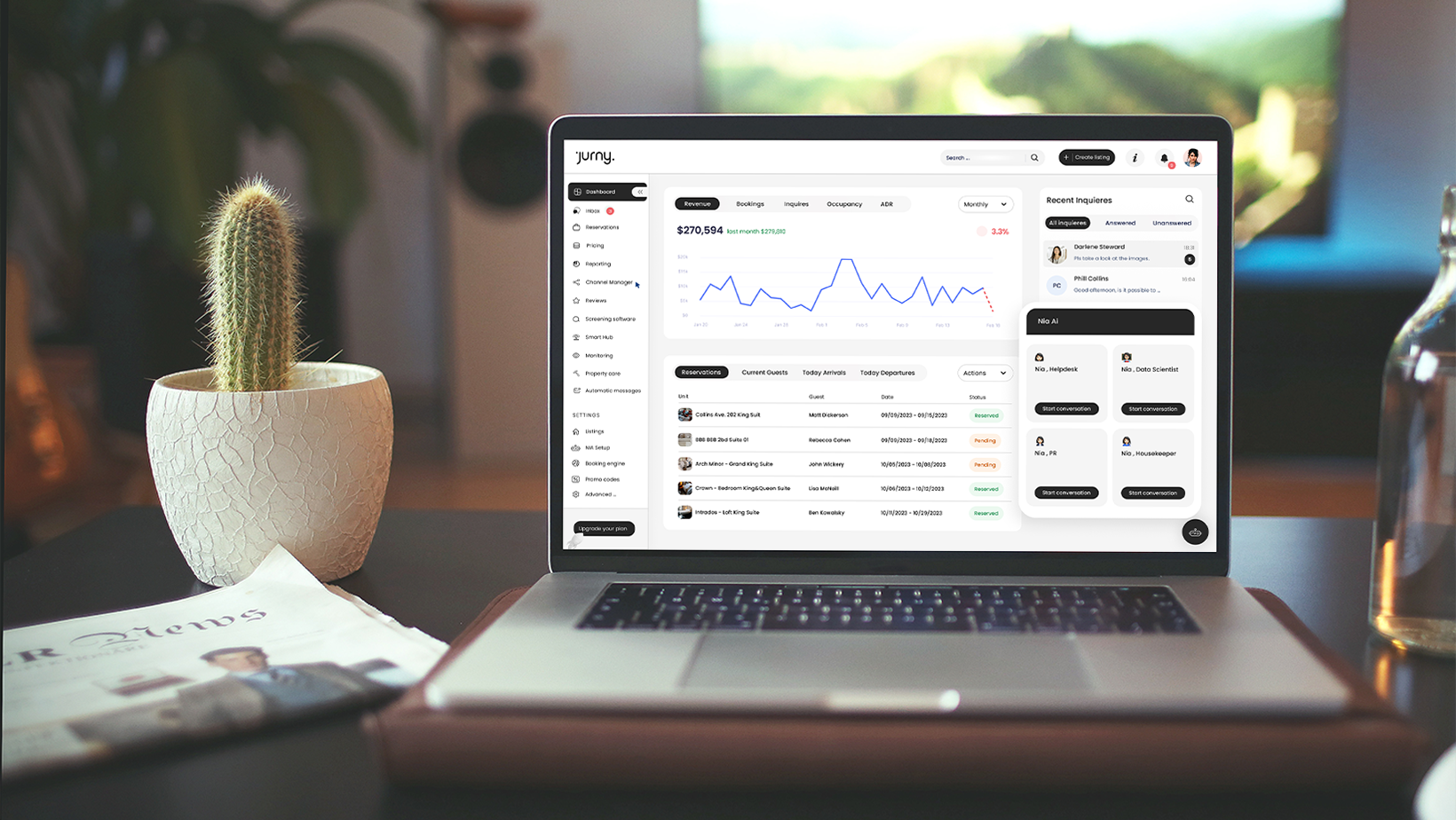Email marketing is a powerful tool for fostering customer retention and building brand loyalty. This blog post explores the key strategies and best practices for utilizing email marketing effectively.
The Value of Email Marketing
In the digital age, email marketing stands as a cornerstone of effective communication strategies, offering unparalleled access to audiences worldwide. With the number of email users on the rise, small businesses, in particular, are tapping into the power of email marketing to foster customer retention and forge stronger brand connections. This post delves into the transformative impact of email marketing on customer relationships and brand loyalty.
Best Practices for Email Marketing
To avoid the dreaded spam folder, it's crucial to strike a balance between frequency and relevance. Strategic email planning, coupled with the option to unsubscribe, respects customer preferences and maintains the integrity of your campaigns. Understanding the common pitfalls that lead to emails being marked as spam is essential for any marketer.
Crafting Effective Emails
The battle for attention starts with the subject line. A compelling subject line must balance urgency with a sneak peek of the content, all within an optimal length to avoid truncation. This section will explore how to craft subject lines that entice opens and drive engagement.
Building Customer Relationships and Upselling
From monthly newsletters that keep spam at bay to birthday wishes and special offers, email marketing campaigns come in various forms. Occasional promotions, when used strategically, can significantly boost engagement and sales. We'll examine the different types of campaigns and their uses.
The first email post-booking is your chance to make a personal connection. This section will discuss how to personalize your approach and identify upselling opportunities that feel natural and beneficial to the customer.
Measuring Email Marketing Success
How do you know if your email marketing is working? By tracking open rates, analyzing click-through rates, and conducting A/B tests on subject lines and content. This section will guide you through the metrics that matter and how to interpret them.










